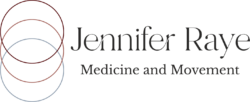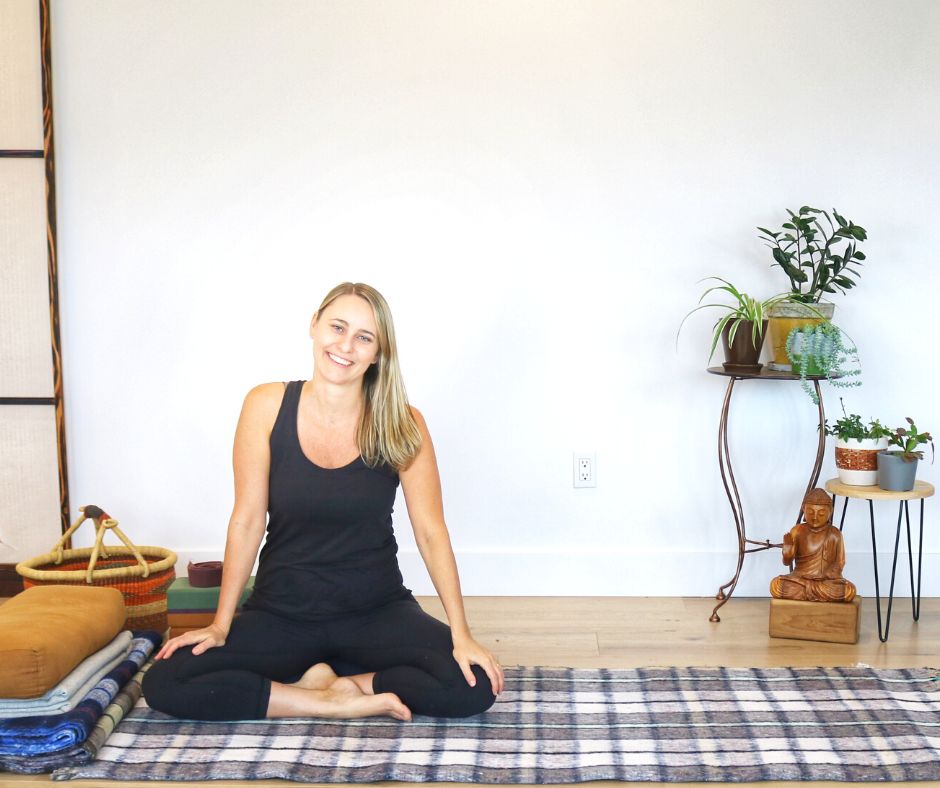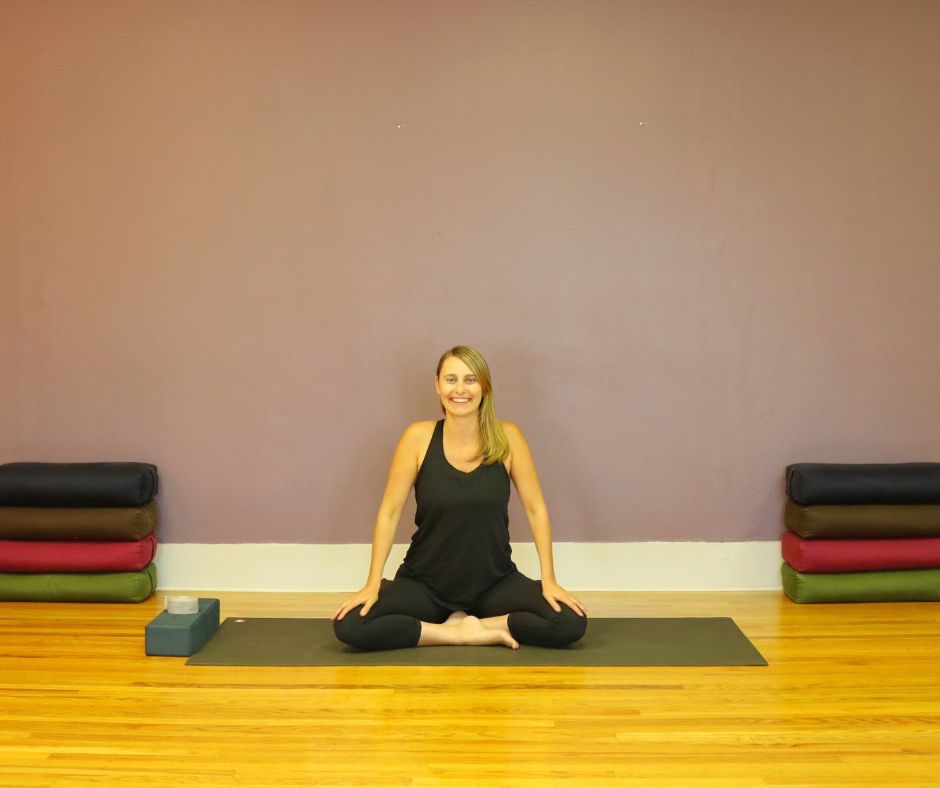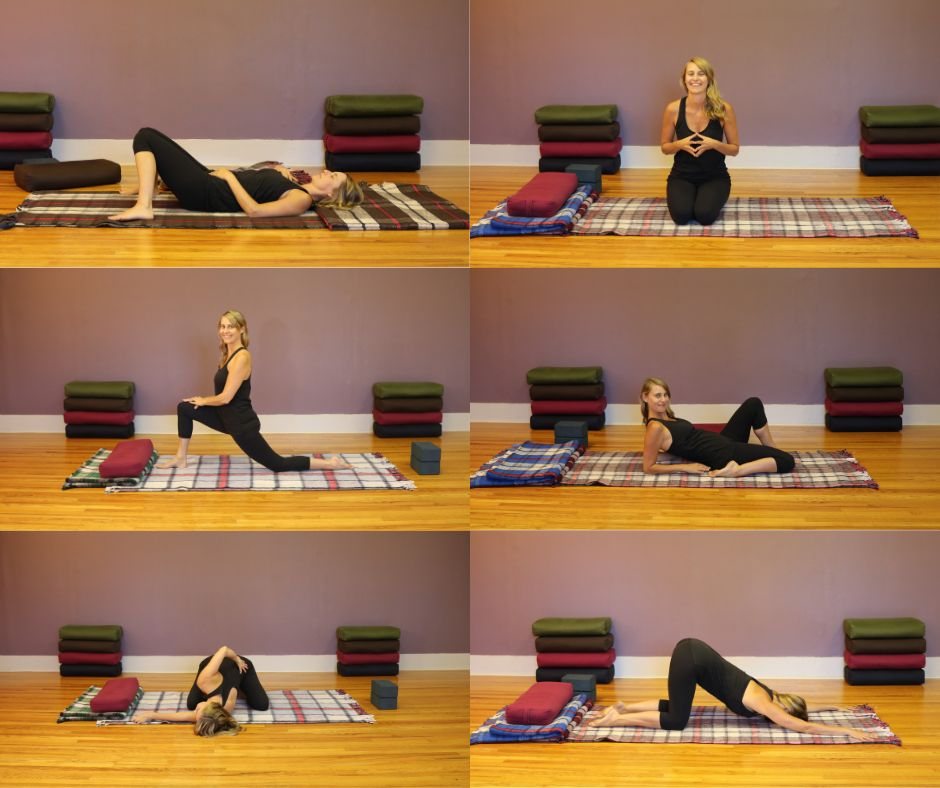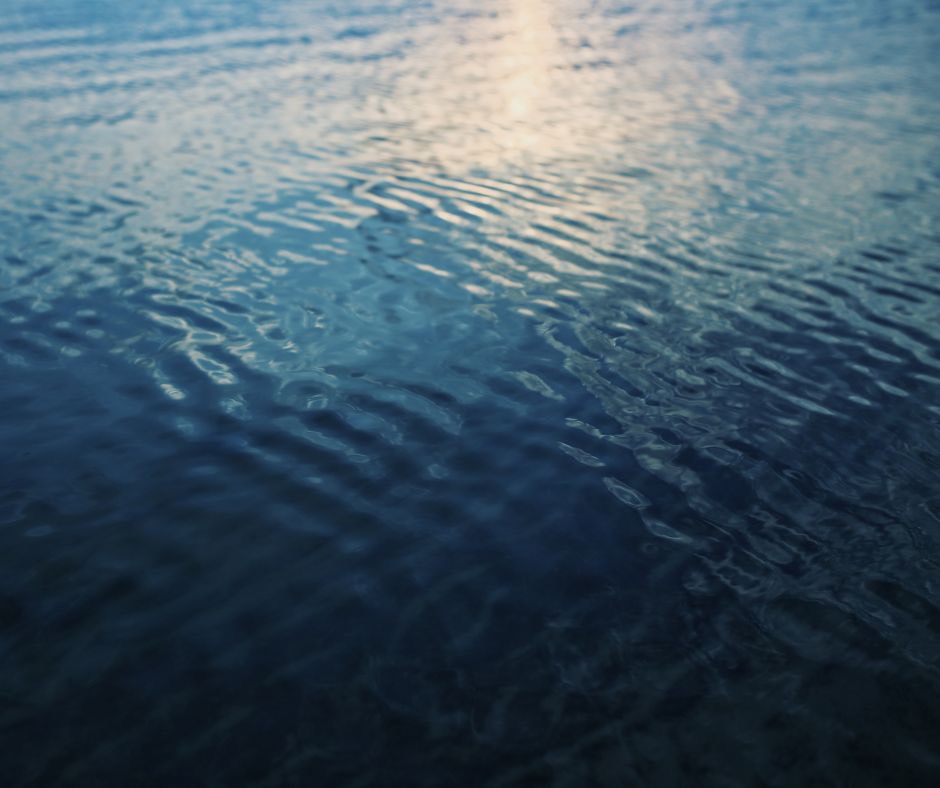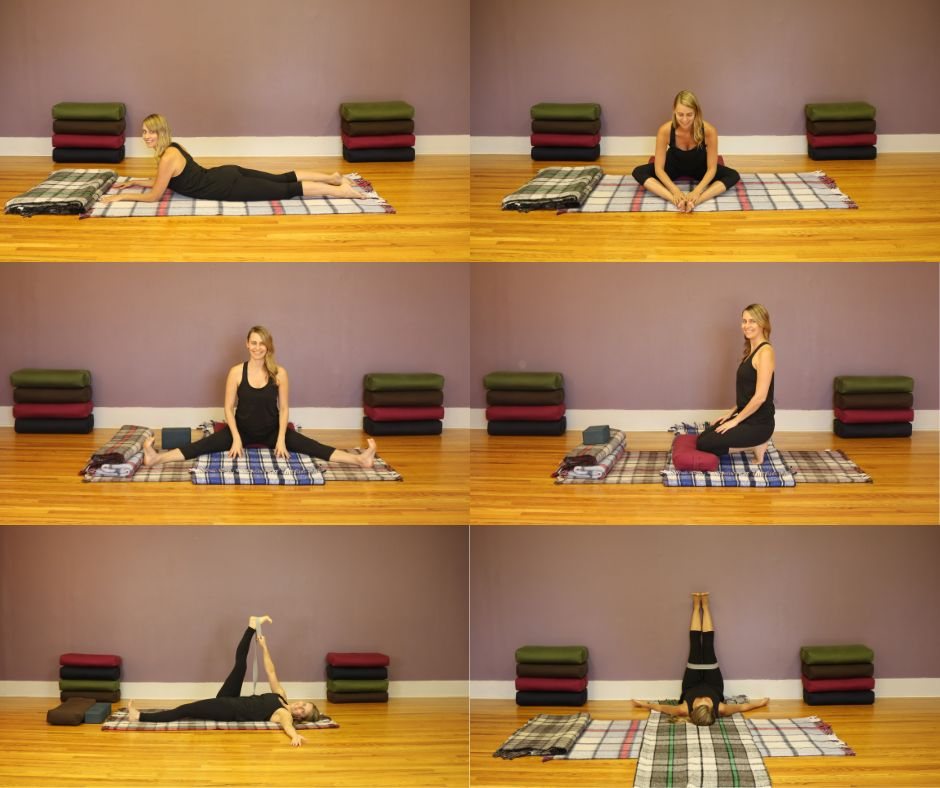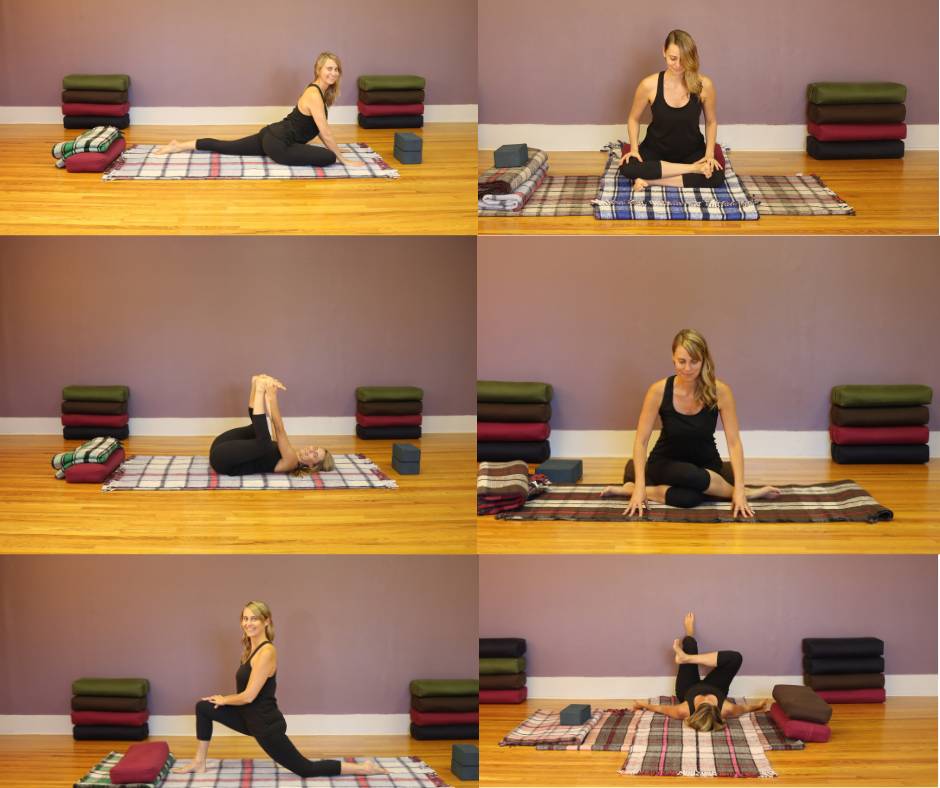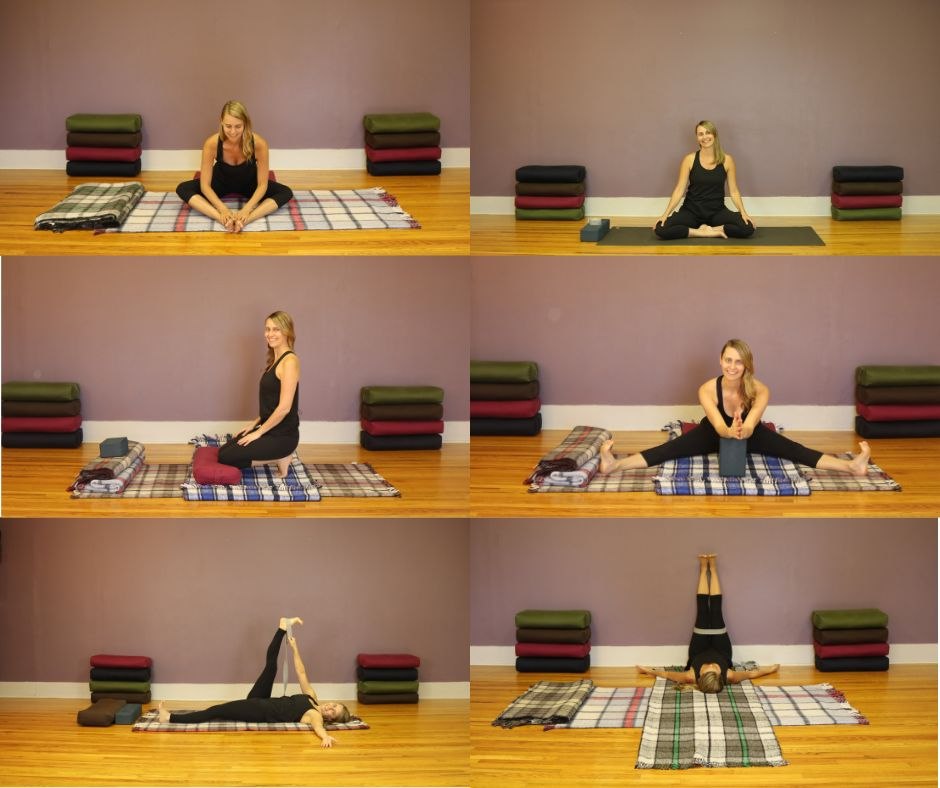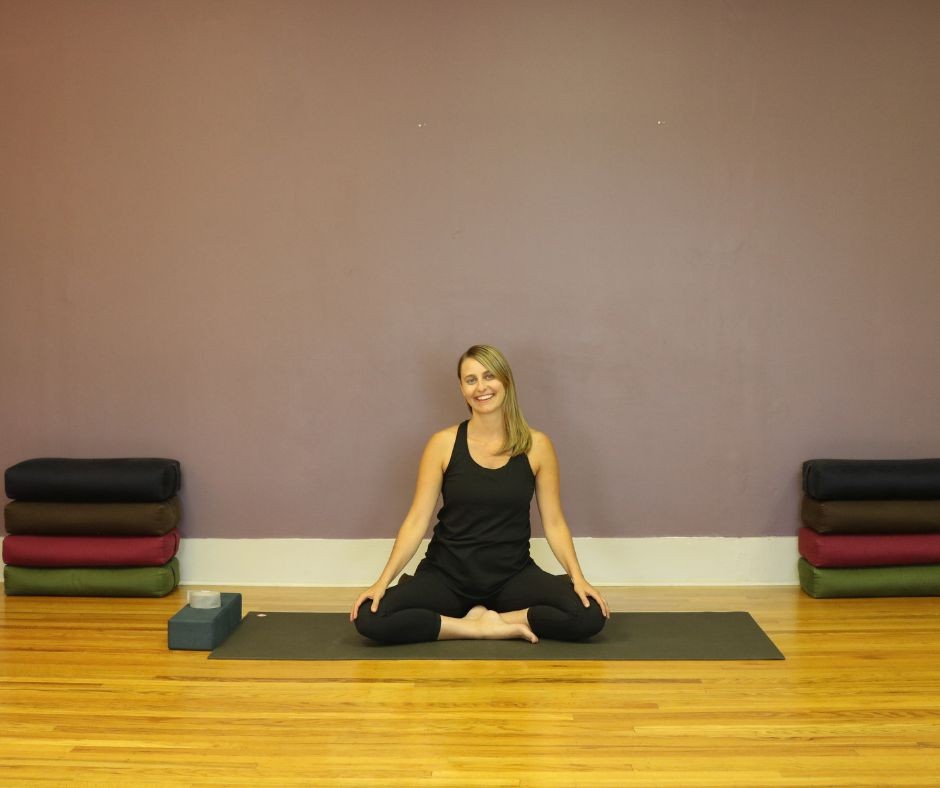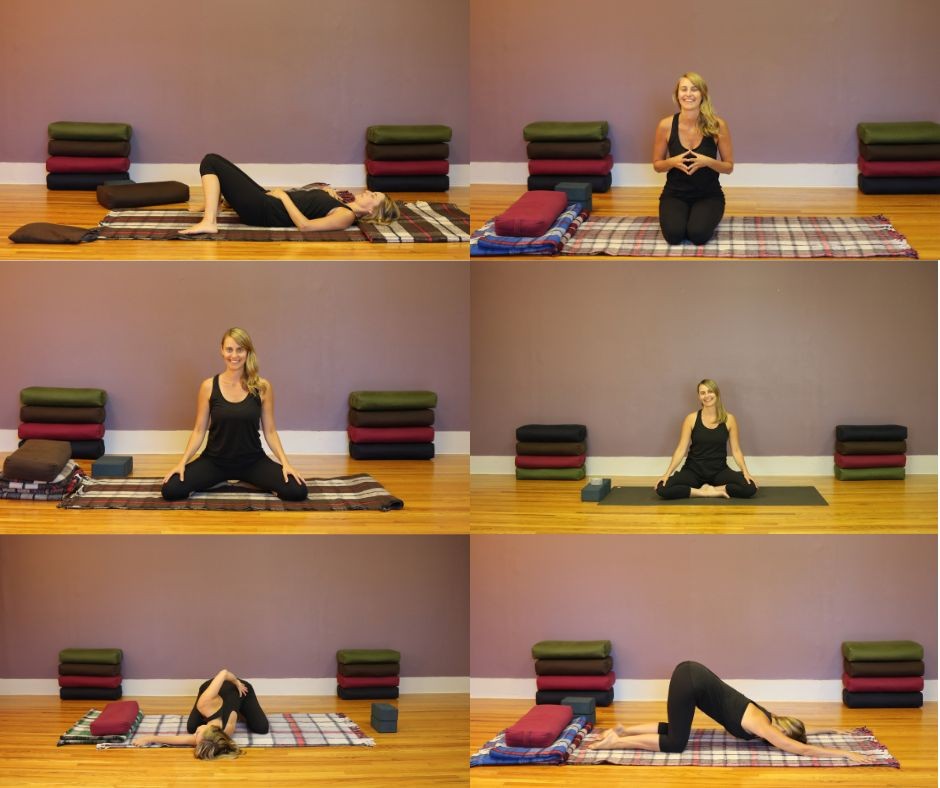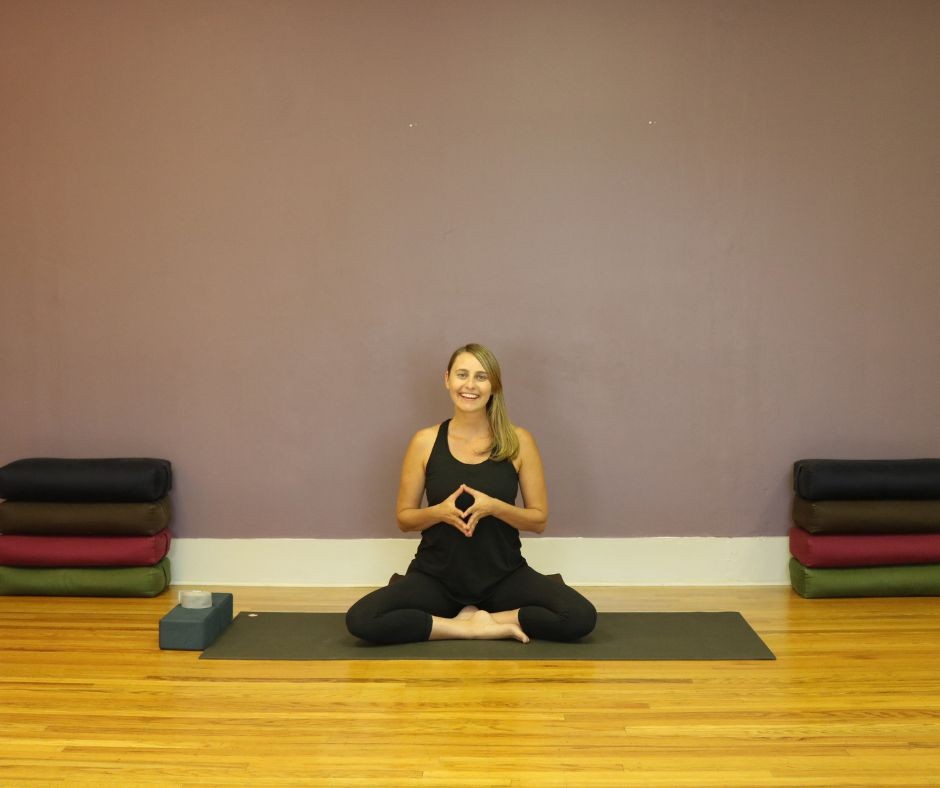Yin Yoga Resources
A slower "yin" style practice targets the connective tissues, harmonizes Qi flow, and helps cultivate greater awareness.
Practice along and learn about yin yoga with these free yin yoga videos, posts, and tutorials.
Restorative Yin Somatics for the Hips Yoga Class
This restful movement class leads you through a series of therapeutic movements on the floor designed to support the hips and legs. The slower mindful nature of the practice also supports awareness by giving space and time to sense and feel the more subtle aspects of body, mind, and heart. ...
Read More
60 min. Yin Yoga and Meditation Class
Please enjoy this 60 minute mindful yin yoga and meditation class. During yin yoga, we hold postures for longer periods of time in a very passive and receptive way. This targets specific tissues, increases circulation, and encourages more mobility. In this class we also use the slower more gentle approach ...
Read More
Yin Yoga Sequence for Late Summer
Traditional Chinese Medicine and Yin Yoga for Late Summer When sequencing a yin yoga practice you can plan a series of postures that relate to a specific theme. Some examples of themes include an area of the body, a specific action or movement, a contemplative practice, or a Chinese Medicine ...
Read More
How to Build Yin (and why it’s so important!) According to Traditional Chinese Medicine
The holistic philosophy of Traditional Chinese Medicine teaches that we each need a balance of yin and yang for overall health and wellbeing. In the body and mind, yin is easily depleted by overwork, stress, and other factors. Similar to Ojas in Ayurvedic medicine, yin is closely related to growth, ...
Read More
Yin Yoga Sequence for the Summer
Traditional Chinese Medicine and Yin Yoga for the Summer When sequencing a yin yoga practice you can plan a series of postures that relate to a specific theme. Some examples of themes include an area of the body, a specific action or movement, a contemplative practice, or a Chinese Medicine ...
Read More
Yin Yoga Sequence for the Spring
Traditional Chinese Medicine and Yin Yoga for the Spring There are many possibilities when sequencing or theming a yin yoga practice. Some examples of themes include an area of the body, a specific action or movement, a contemplative practice, or a Chinese Medicine meridian. According to Chinese Medicine, spring is ...
Read More
Yin Yoga Sequence for the Winter
Traditional Chinese Medicine and Yin Yoga for the Winter When sequencing a yin yoga practice you can plan a series of postures that relate to a specific theme. Some examples of themes include an area of the body, a specific action or movement, a contemplative practice, or a Chinese Medicine ...
Read More
Simple and Quick Yin Yang Yoga Sequence and Practice
The terms yin and yang are used within Taoist and Chinese philosophy to describe how opposite forces are connected and interdependent in the natural world. Yin refers to qualities that are slower and more passive, while yang refers to qualities that are more active and dynamic. When the two forces of ...
Read More
Yin Yoga Sequence for Fall
Traditional Chinese Medicine and Yin Yoga for Fall To sequence a yin yoga practice first choose your theme. Some examples of themes include an area of the body, a specific action or movement, a contemplative practice, or a Chinese Medicine meridian. There are many directions you can go with this ...
Read More
What is Yin Yoga? How does Yin Yoga work?
The practice of yoga that we do today comes from varied traditions based in ancient India. Most of what is called yoga today can be traced, at least in part, to the Hatha Yoga tradition. Hatha Yoga was primarily concerned with strengthening and preparing the body for other practices like sitting meditation. From its ...
Read More
